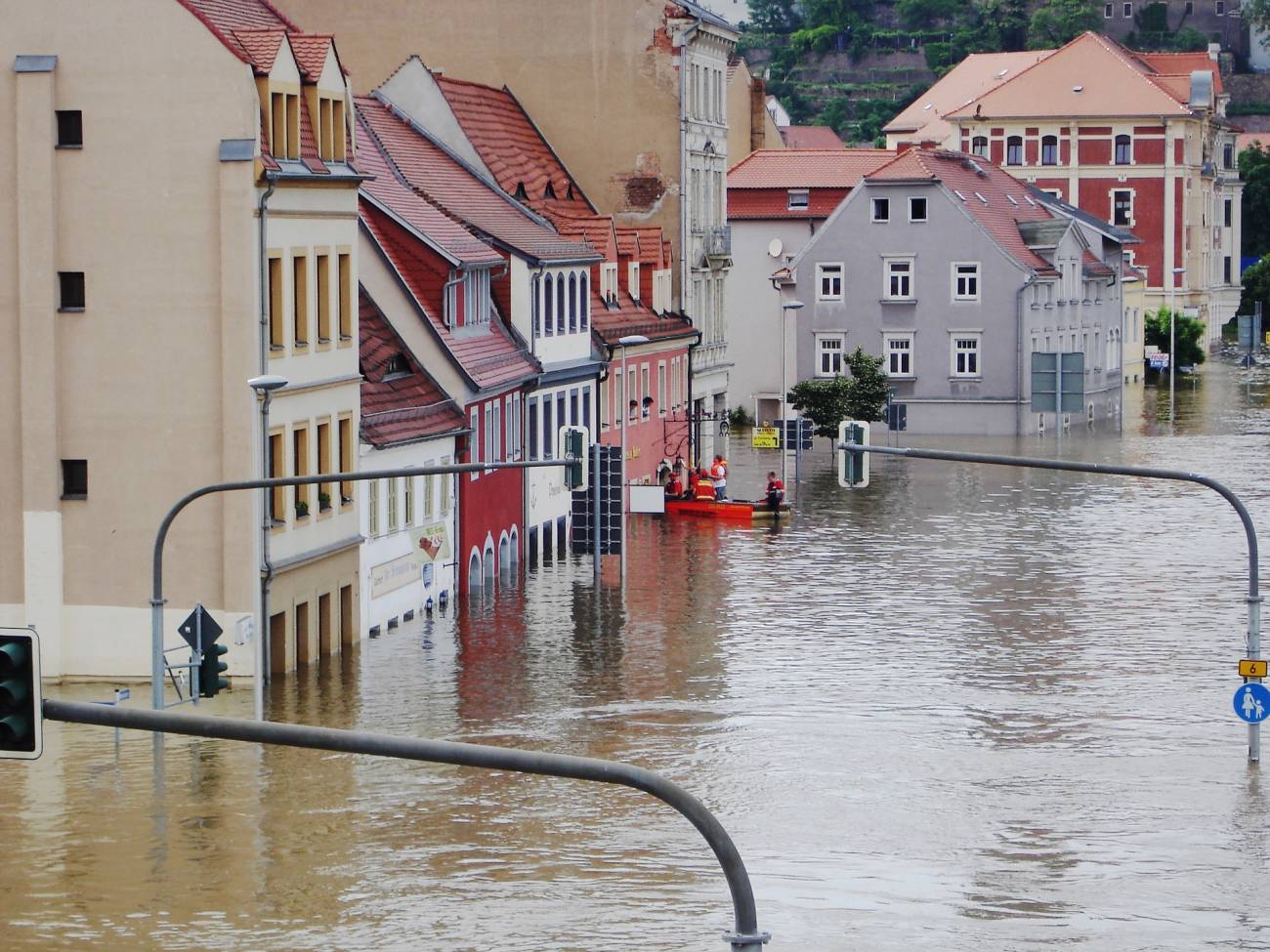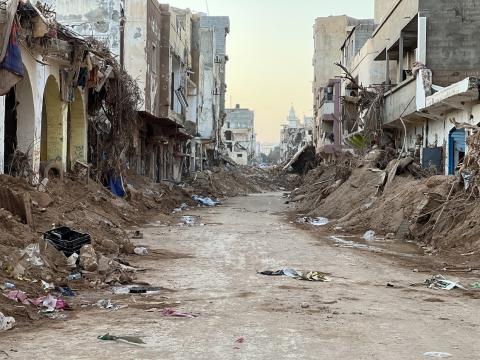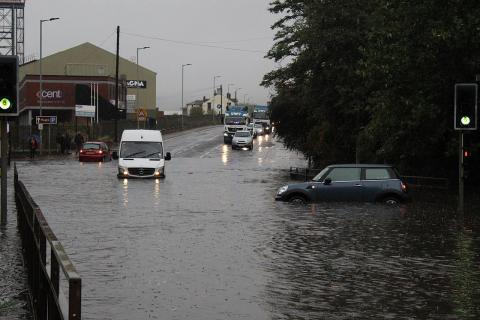Reaction: Human settlements in flood-prone areas are increasing
A study published in Nature has analyzed the presence of human settlements in flood-prone areas and their evolution worldwide since 1985. Until 2015, there was an increase of up to 122% in these settlements in flood-prone areas. According to their data, in many regions, the growth in the most hazardous areas is far outpacing development in non-exposed areas, especially in East Asia.

Robert Monjo - inundaciones
Robert Monjo
Director of Research and Innovation at the Foundation for Climate Research and Associate Professor in the Department of Algebra, Geometry and Topology at the Complutense University of Madrid (UCM).
The press release is quite faithful to the study. Both the data used and the results are solid.
There is evidence of poor urban planning, especially in developing countries. A clear example is the Libya catastrophe, which was caused not only by meteorological factors (possibly intensified by climate change) but also, and above all, aggravated by geographical factors, with settlements in flood-prone areas and poorly maintained infrastructure. This example can also be found in countries on every continent. Therefore, it is very necessary to review urban planning and land use to adapt them to both natural climate variability and the conditions of future climate, which are already being observed in almost every part of the planet.
One of the study's most significant limitations is the absence of segmentation or segregation by income level, as exposure and vulnerability are not entirely disconnected. Settlements and urban areas most exposed to floods tend to have a population with higher vulnerability conditions (extreme poverty, elderly people, etc.). This is crucial because the impacts are much greater on the most vulnerable population, so the percentage increase in 'real impact' would be much higher than the percentage increase in the 'flooded area.'
This work is a wake-up call. Anthropogenic factors are exacerbating the risk of floods in a dual manner:
- Increasing flood-prone areas due to poor planning or inadequate adaptation.
- Increasing greenhouse gas emissions that heat the planet and indirectly lead to an intensification of extreme hydrological events.
The implication, therefore, is that we must work at all levels (national, regional, and local) to develop and implement a climate adaptation plan.
Jun Rentschler et al.
- Research article
- Peer reviewed



